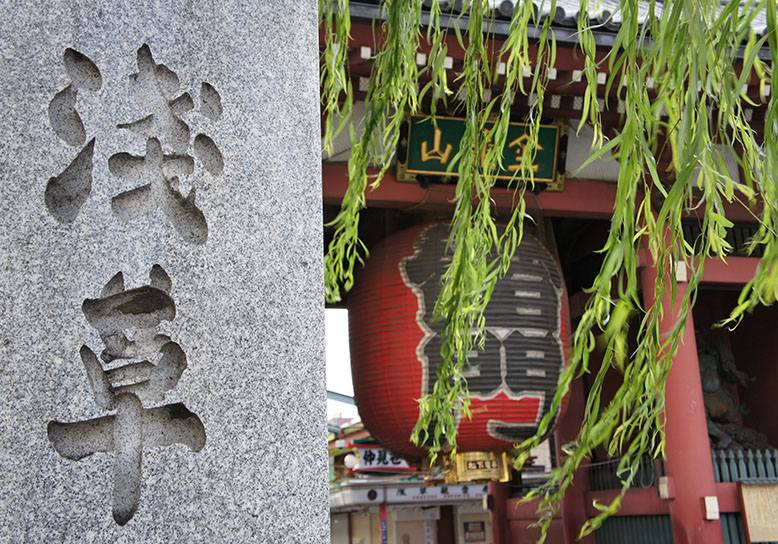-

- Top 10 Shrines and Temples to Visit in the New Year 2024
- Tokyo | Shrines
-
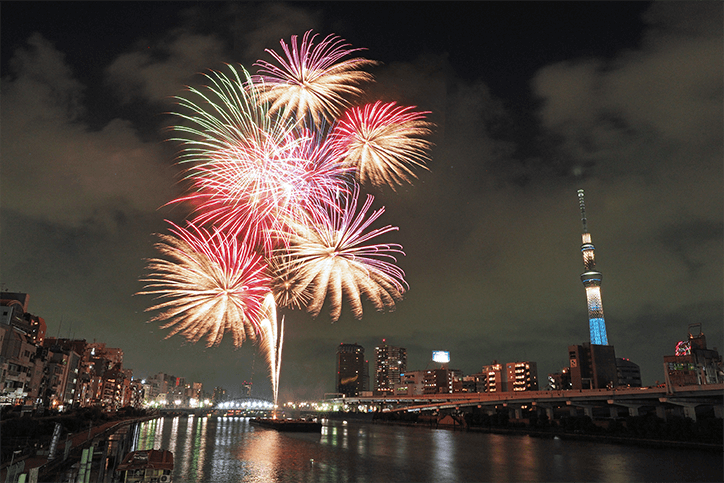
- Japan gets lit as fireworks festivals return with a bang
- Japan | Guide
-
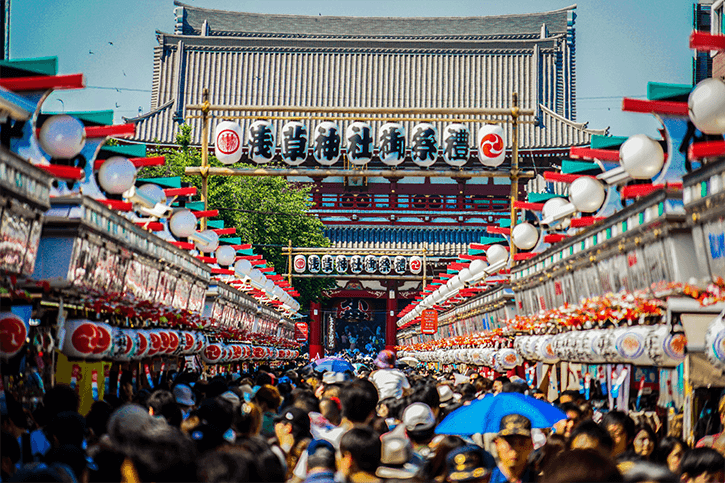
- Sanja Matsuri, one of Tokyo’s top festivals, is back with a bang
- Tokyo | Temples
-
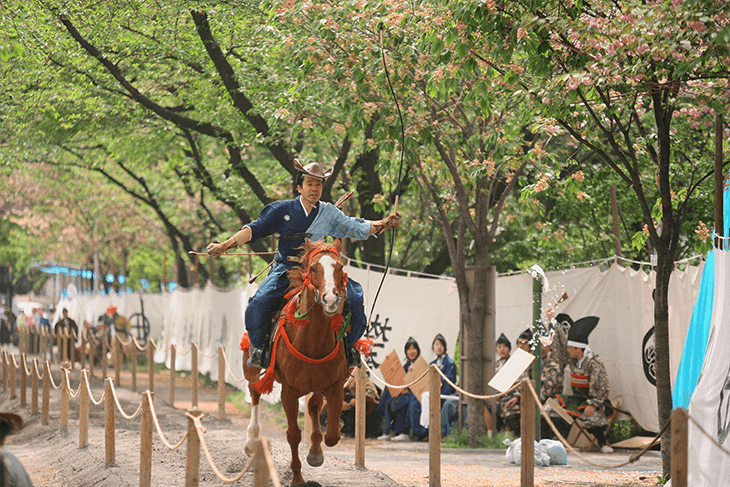
- Asakusa’s samurai mounted archery festival comes galloping back
- Tokyo | Traditional Culture
-
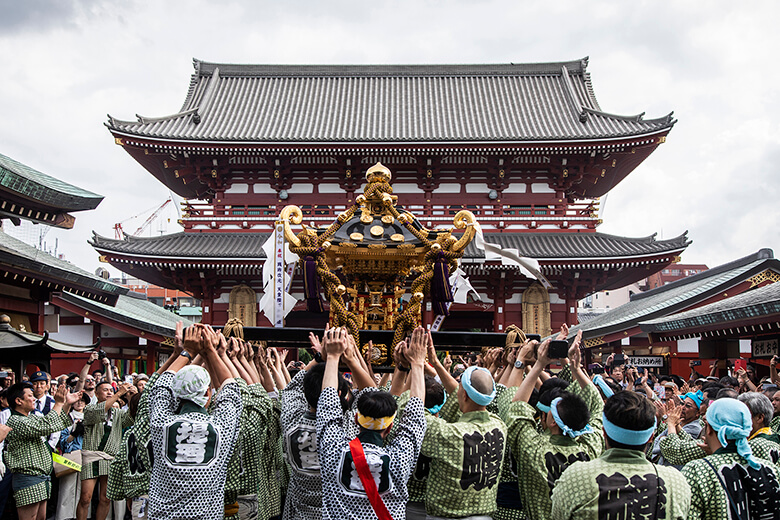
- Guide to Annual Matsuri and Other Events in and around Tokyo
- Tokyo | Traveling
-

- 7 Best Places to Shoot Sky Tree
- Tokyo | Night Views / Illuminations
Tokyo Prefecture
Asakusa
浅草
Spot Ranking
Related Articles
Itineraries
Other areas of Tokyo
-
- Imperial Palace / Marunouchi
-

-
Yasukuni Shrine
-
Imperial Theatre
-
Nissay Theatre
- ...etc
-
-
- Nihonbashi / Ginza
-

-
Koami Shrine
-
Shinbashi Enbujo
-
Kabukiza Theatre
- ...etc
-
-
- Toyosu / Ariake / Odaiba
-

-
Tokyo Big Sight (Tokyo International Exhibition Center)
-
Tokyo Garden Theater
-
Toyosu Market
- ...etc
-
-
- Around Tokyo Skytree
-

-
Tokyo Skytree (R)
-
SUMIDA AQUARIUM
-
Sumida Park (Sumida Side)
- ...etc
-
-
- Ryogoku / Kinshicho / Kameido
-

-
Ryogoku Kokugikan
-
Kameido Tenjin Shrine
-
Kinshi Park
- ...etc
-
-
- Fukagawa / Kiyosumi
-

-
Kiba Park
-
Tomioka Hachimangu Shrine
-
Naritasan Fukagawafudoudou temple
- ...etc
-
-
- Akihabara / Kanda / Ochanomizu / Suidobashi / Iidabashi
-

-
Tokyo Dome
-
Tokyo Dome City
-
Yodobashi Camera Multimedia Akiba
- ...etc
-
-
- Akasaka / Roppongi / Azabu / Hiroo
-

-
The National Art Center, Tokyo
-
Suntory Hall
-
Akasaka ACT Theater
- ...etc
-
-
- Shibuya / Harajuku / Omotesando
-

-
Meiji Shrine
-
National Arena
-
Yoyogi National Gymnasium
- ...etc
-
-
- Meguro / Along the Tokyu line
-

-
Komazawa Olympic Park
-
Kinuta Park
-
Setagaya Public Theatre
- ...etc
-
-
- Sugamo / Komagome / Oji
-

-
Rikugien Gardens
-
Arakawa Park
-
Asukayama Park
- ...etc
-
-
- Around Ikebukuro
-

-
Tokyo Metropolitan Theatre
-
Animate Sunshine
-
Sunshine Aquarium
- ...etc
-
-
- Shinjuku / Okubo / Nakano
-

-
Shinjuku-gyoen
-
Tokyo Opera City
-
New National Theatre Tokyo
- ...etc
-
-
- Shiba / Takeshiba / Takanawa
-

-
Tokyo Tower
-
Aqua Park Shinagawa
-
Hama-rikyu Gardens
- ...etc
-
-
- Shinagawa / Haneda Airport
-

-
Haneda Airport Domestic Passenger Terminal (Big Bird)
-
Shinagawa Aquarium
-
Tennozu Galaxy Theater
- ...etc
-
-
- Ward East / Shibamata
-

-
Ario Kameari
-
Nishiarai Daishi Temple
-
Mizumoto Park
- ...etc
-
-
- Izu Oshima / Toshima
-

-
Izu Oshima Volcano Museum
-
Ai-land Center: Goshinka Onsen
-
Senzu no Kiridoshi
- ...etc
-
-
- Niijima / Shikinejima / Kozushima
-

-
Akasaki Boardwalk
-
Yunohama Roten Onsen
-
Kozushima Local Museum
- ...etc
-
-
- Miyakejima / Mikurajima
-

-
Miyake Island (Miyakejima)
-
Volcano Experience Walkway
-
Shinbana Shinzan
- ...etc
-
-
- Hachijojima / Aogashima
-

-
Hachijo Island (Hachijojima)
-
Sokodo Beach
-
Hachijo Visitor Center
- ...etc
-
-
- Ogasawara Islands
-

-
Ogasawara Islands
-
Ogasawara Marine Center
-
Rose Memorial Museum
- ...etc
-























